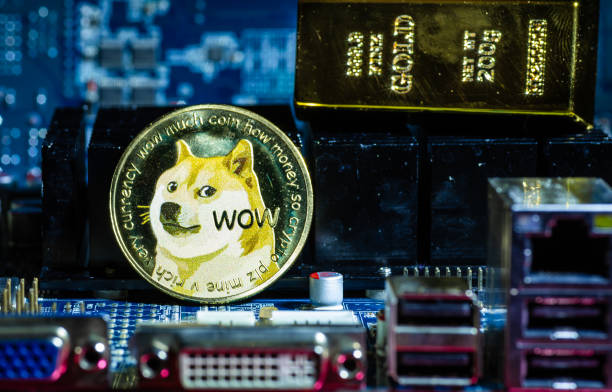In a recent contribution for Finextra, Carlo R.W. de Meijer, an independent economist and owner of De Meijer Independent Financial Services Advisory (MIFSA), provided an in-depth analysis of Ripple’s upcoming stablecoin launch. De Meijer, with nearly four decades of experience at institutions such as ABN, ABN AMRO, and the Royal Bank of Scotland, describes the initiative as a potential “game changer” for both the crypto sector and traditional finance (TradFi).
On April 4, Ripple unveiled its plan to introduce a stablecoin pegged 1:1 to the US dollar, aiming to be a crucial development in bridging traditional finance (TradFi) and decentralized finance (DeFi). This move has been positively received across both sectors, reflecting rising institutional interest in the stablecoin market. De Meijer remarked, “Ripple’s stablecoin launch is expected to be a game changer for the XRP Ledger ecosystem.”
Ripple’s stablecoin will be backed by a combination of US dollar deposits, short-term US government bonds, and high-grade commercial paper, ensuring transparency and reliability. The reserves will undergo periodic audits by a reputable third-party accounting firm, with monthly attestation reports made public. This “compliance-first” approach aligns with global regulatory standards, a strategy designed to maintain trust among Ripple’s primary clientele of institutions and governments.
The stablecoin will initially launch on both the XRP Ledger (XRPL) and Ethereum blockchain, adhering to the ERC-20 token standard. This dual launch is intended to enhance adoption and utility across different blockchain ecosystems. Ripple plans to expand to additional blockchains and DeFi protocols over time, emphasizing interoperability and seamless interaction between various networks.
What The Economist Expects From Ripple’s Stablecoin Launch
Integrating the stablecoin with major cryptocurrency exchanges could increase its accessibility and liquidity, facilitating easier trading and wider adoption by individual users. However, no decisions have been made on which exchanges it will initially trade on.
The initial launch will target the US market, focusing on enterprise customers and banking institutions. De Meijer notes that regional variations for markets in Europe and Asia might follow, driven by demand from emerging markets for stablecoin payouts.
Ripple’s shift to stablecoins for US transactions highlights the ongoing regulatory uncertainty surrounding XRP and should be seen as a response to regulatory challenges. “By offering a stablecoin backed by dollar based reserves, Ripple aims to provide a regulatory-compliant alternative to XRP, thereby mitigating concerns related to regulations and investor protection,” de Meijer remarks.
He identifies several strategic motivations behind Ripple’s stablecoin initiative. One primary driver is the enhancement of the XRP Ledger ecosystem. The issuance of a stablecoin is expected to attract more users, boost liquidity, and drive the development of new financial applications.
Ripple envisions its stablecoin as a pivotal asset in expanding its digital payments footprint, strengthening its strategic position, and forming new financial market alliances. The stablecoin is also intended to enhance Ripple’s On-Demand Liquidity (ODL) solution, addressing the volatility issues associated with XRP. This stablecoin could enhance the efficiency and cost-effectiveness of ODL, enabling rapid transactions and providing a more stable asset for financial institutions and DeFi ecosystems.
Moreover, this development could unlock new opportunities for institutional and DeFi use cases across various industries, driving more adoption and development within the XRPL ecosystem.
Despite the ongoing legal battle with the SEC, Ripple remains optimistic about launching its stablecoin by the end of the year. De Meijer highlights that the introduction of a stablecoin could pave the way for new applications beyond cross-border payments, such as remittances, micropayments, and various DeFi activities. This could increase demand for XRP and stimulate the growth of the XRPL ecosystem. The stablecoin’s compliance with high regulatory standards and its integration into major crypto exchanges could further bolster Ripple’s market presence.
De Meijer believes the stablecoin could revolutionize cross-border payments, enhance the functionality of the XRP Ledger ecosystem, and solidify Ripple’s position as a leading force in the blockchain and digital currency sectors. [The launch] may have a great impact on both the crypto world as well as the traditional financial world, further narrowing the gap between traditional finance (TradFi) and decentralized finance (DeFi),” the economist concludes.
At press time, XRP traded at $0.51603.












